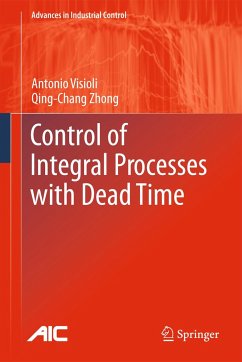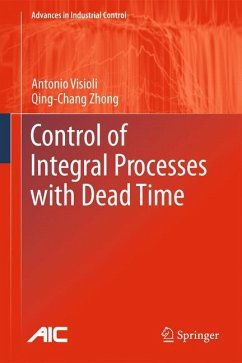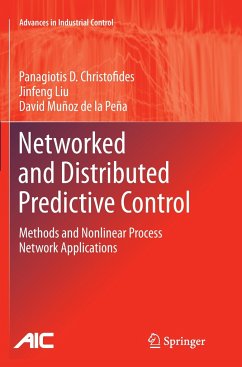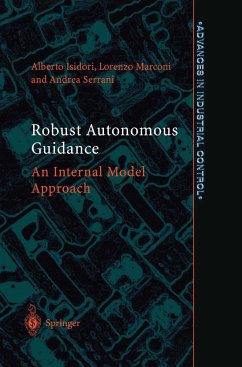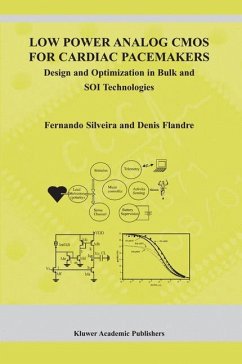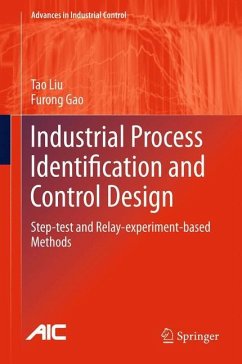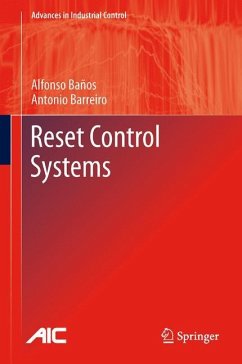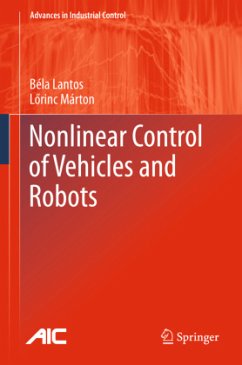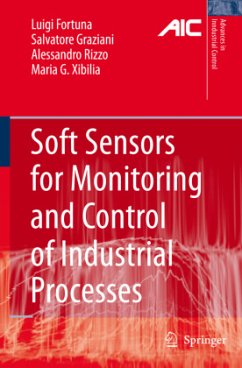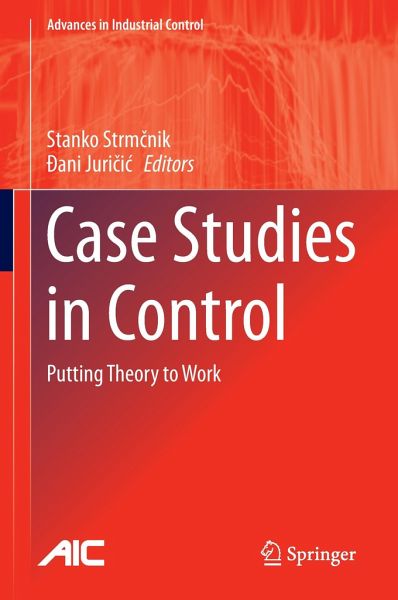
Case Studies in Control
Putting Theory to Work
Herausgegeben: Strmcnik, Stanko; Juricic, _ani

PAYBACK Punkte
57 °P sammeln!
Case Studies in Control presents a framework to facilitate the use of advanced control concepts in real systems based on two decades of research and over 150 successful applications for industrial end-users from various backgrounds. In successive parts the text approaches the problem of putting the theory to work from both ends, theoretical and practical. The first part begins with a stress on solid control theory and the shaping of that theory to solve particular instances of practical problems. It emphasizes the need to establish by experiment whether a model-derived solution will perform pr...
Case Studies in Control presents a framework to facilitate the use of advanced control concepts in real systems based on two decades of research and over 150 successful applications for industrial end-users from various backgrounds. In successive parts the text approaches the problem of putting the theory to work from both ends, theoretical and practical. The first part begins with a stress on solid control theory and the shaping of that theory to solve particular instances of practical problems. It emphasizes the need to establish by experiment whether a model-derived solution will perform properly in reality. The second part focuses on real industrial applications based on the needs and requirements of end-users. Here, the engineering approach is dominant but with theoretical input of varying degree depending on the particular process involved.
Following the illustrations of the progress that can be made from either extreme of the well-known theory-practice divide, the text proceeds to a third part related to the development of tools that enable simpler use of advanced methods, a need only partially met by available commercial products.
Each case study represents a self-contained unit that shows an experimental application of a particular method, a practical solution to an industrial problem or a toolkit that makes control design and implementation easier or more efficient. Among the applications presented are:
wastewater treatment;manufacturing of electrical motors ;temperature control of blow moulding;burn-protective garments quality assessment; and rapid prototyping.
Written by contributors with a considerable record of industrially-applied research, Case Studies in Control will encourage interaction between industrial practitioners and academic researchers and be of benefit to both, helping to make theory realistic and practical implementation more thorough and efficacious.
Advances in Industrial Control aims to report and encourage the transfer of technology in control engineering. The rapid development of control technology has an impact on all areas of the control discipline. The series offers an opportunity for researchers to present an extended exposition of new work in all aspects of industrial control.
Following the illustrations of the progress that can be made from either extreme of the well-known theory-practice divide, the text proceeds to a third part related to the development of tools that enable simpler use of advanced methods, a need only partially met by available commercial products.
Each case study represents a self-contained unit that shows an experimental application of a particular method, a practical solution to an industrial problem or a toolkit that makes control design and implementation easier or more efficient. Among the applications presented are:
wastewater treatment;manufacturing of electrical motors ;temperature control of blow moulding;burn-protective garments quality assessment; and rapid prototyping.
Written by contributors with a considerable record of industrially-applied research, Case Studies in Control will encourage interaction between industrial practitioners and academic researchers and be of benefit to both, helping to make theory realistic and practical implementation more thorough and efficacious.
Advances in Industrial Control aims to report and encourage the transfer of technology in control engineering. The rapid development of control technology has an impact on all areas of the control discipline. The series offers an opportunity for researchers to present an extended exposition of new work in all aspects of industrial control.






